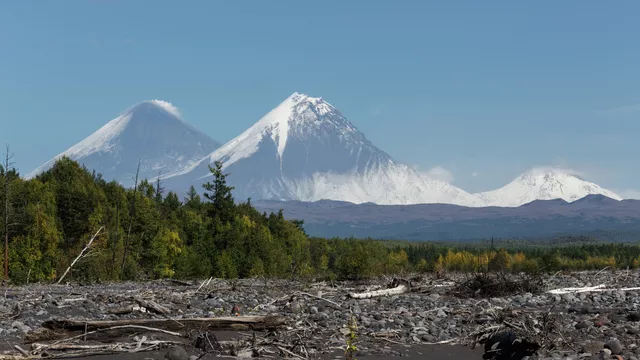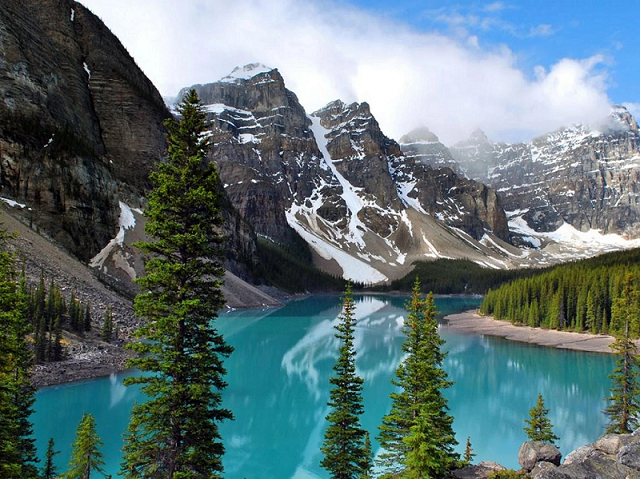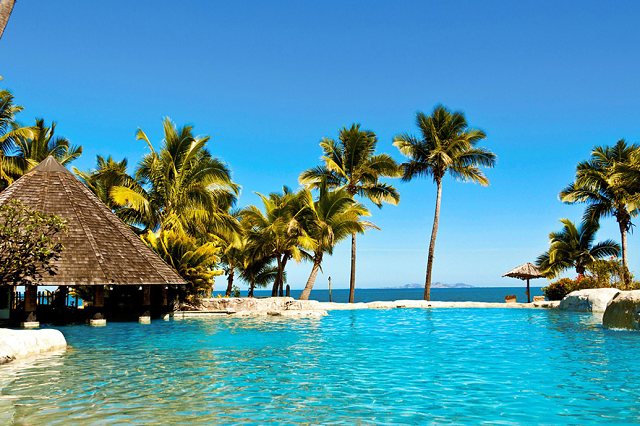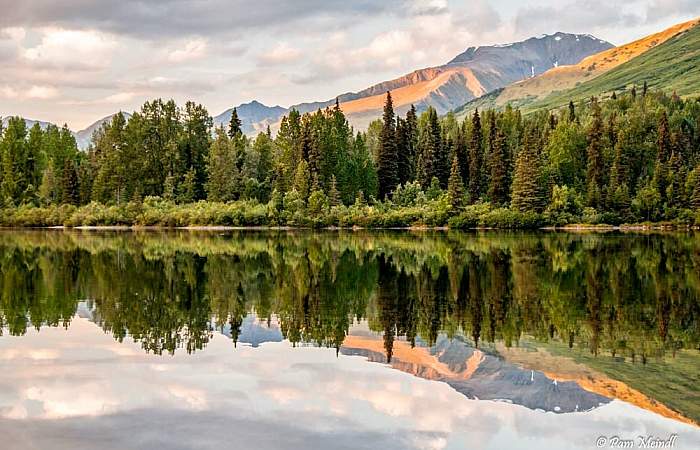Chugach National Forest
Chugach National Forest, located in south-central Alaska, spans 6,908,540 acres (27,958 km²). Established in 1907 from part of a larger forest reserve, it encompasses areas such as Prince William Sound, the Kenai Peninsula, and the Copper River Delta. The forest features extensive shorelines, glaciers, forests, and rivers, much of which remain untouched by roads or trails. It is home to numerous bird, mammal, and marine species, including a significant shorebird habitat and a bald eagle population larger than that of the contiguous United States. Human activities in the forest include tourism, mining, and oil and gas operations.
History
The Chugach area was originally settled by the Alutiiq people thousands of years ago. European contact began in the mid-1700s, followed by settlement by Russian fur traders who trapped native sea otters. After the US purchased Alaska from Russia in 1867, gold was discovered in the region in 1888. The Chugach National Forest was officially established in 1907 from a portion of a forest reserve designated in 1892.
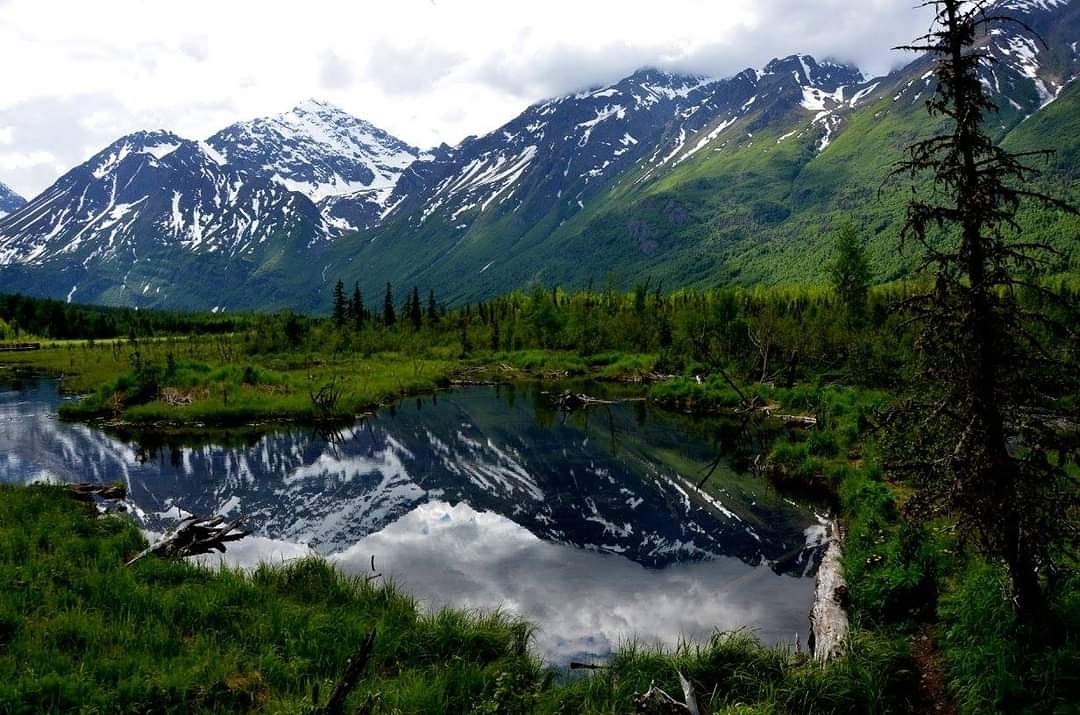
Geography
Chugach National Forest is situated in the mountains surrounding Prince William Sound, including the eastern Kenai Peninsula and the Copper River Delta. It is the second-largest forest in the U.S. national forest system and the northernmost and westernmost national forest. Approximately 30% of the forest is covered by ice. The Kenai Peninsula comprises about 21% of the forest and includes the southern portion of the Iditarod National Historic Trail. Prince William Sound makes up about 48% of the forest, featuring 3,500 miles (5,600 km) of shoreline, 22 tidewater glaciers, and the Nellie Juan-College Fiord Wilderness Study Area, which covers 2,200,000 acres (8,900 km²). The Copper River Delta covers approximately 31% of the forest and includes the largest contiguous wetlands complex on North America's Pacific coast. Despite its size, the forest has only 90 miles (140 km) of Forest Service roads but over 500 miles (800 km) of designated trails.
The supervisor's office is in Anchorage, with local ranger district offices in Cordova, Girdwood, and Seward. The forest spans parts of the Valdez-Cordova Census Area, Kenai Peninsula Borough, Anchorage Municipality, Matanuska-Susitna Borough, Kodiak Island Borough, and Yakutat City and Borough.
Islands
Within the Chugach National Forest, Green Island is located north of Montague Island in Prince William Sound. Additionally, Gravina Island is part of the forest.
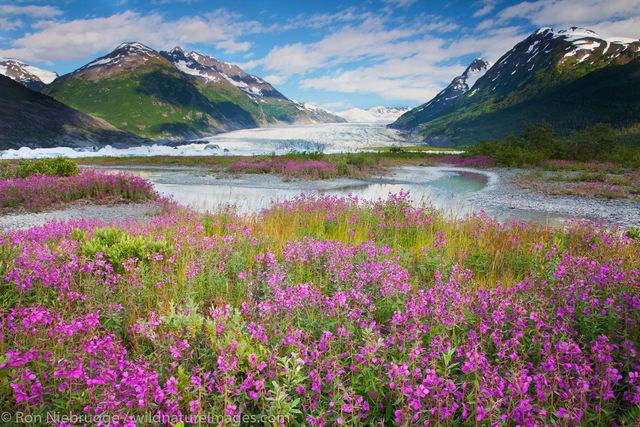
Ecology
The Chugach is a temperate rainforest, part of the Pacific temperate rainforest region, occupying a narrow strip between the ocean and the icy alpine zone. Dominant tree species include Sitka spruce, western hemlock, and mountain hemlock. This zone is known as the "sub-polar rainforest."
The Kenai Peninsula section of the forest hosts over 200 seabird colonies and between 3,000 and 5,000 bald eagles, matching the total eagle population of the contiguous United States. The Copper River Delta is a critical part of the Western Hemisphere Shorebird Reserve Network and is considered one of the world's essential shorebird habitats, supporting over 20 million birds annually. During summer, the delta provides habitat for a quarter of the world's trumpeter swans and dusky Canada geese. Mammals in the forest include coyote, timber wolf, moose, caribou, marten, Sitka black-tailed deer, mountain goat, black bears, and grizzly bears. Dall sheep, unique to this national forest, are also present. The forest's waters are home to humpback whales, sea lions, otters, and all five species of Pacific salmon: chinook, sockeye, coho, chum, and pink salmon.
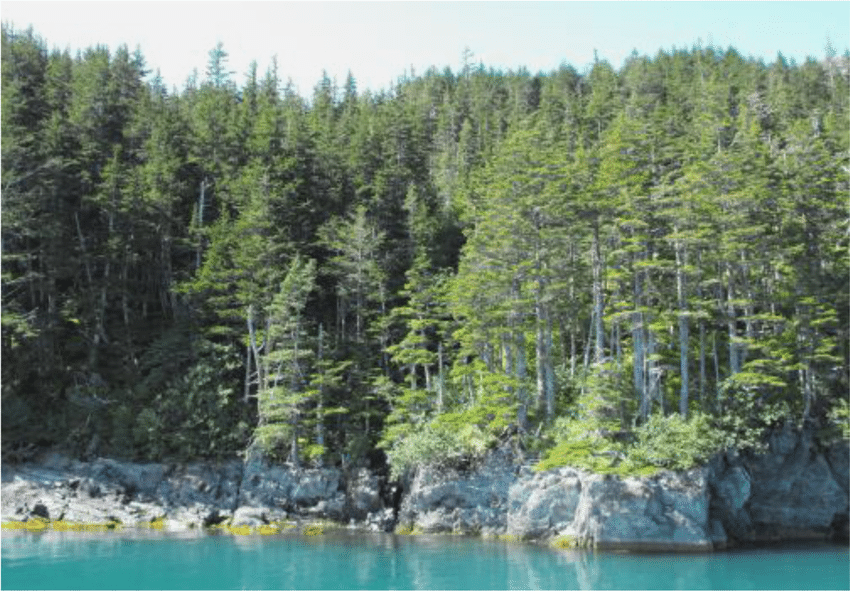
Human Impacts
Logging is minimal in the Chugach, with less than 2% of the forest suitable for commercial logging. Instead, the forest supports local economies through tourism, recreation, mining, and commercial fishing. The Chugach National Forest attracts over 7 million annual visitors, including kayakers, boaters, hikers, skiers, birders, and anglers. Although no area is designated as national wilderness, much of it qualifies under federal law. The forest also includes mining operations and oil and gas development. In 2003, the Department of the Interior restricted mining on 3,000 acres (12 km²) of forest land, adding to nearly 2,000 acres (8.1 km²) previously protected to safeguard the Russian River and upper Russian Lake Recreation Corridor.

